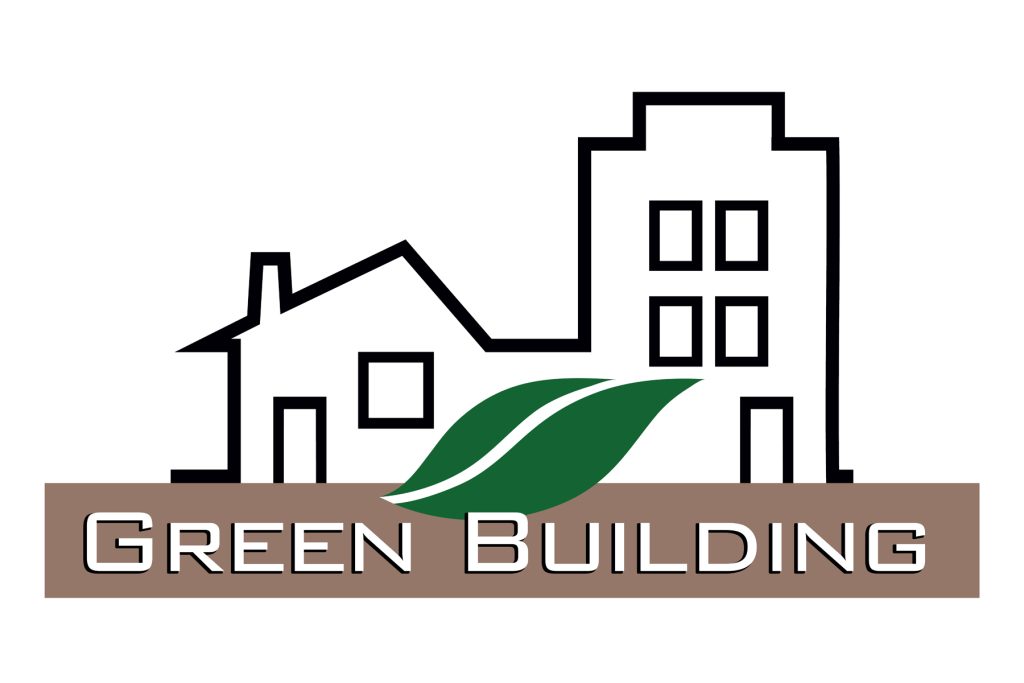
In June of 2019, New York passed a landmark climate law. The Climate Leadership and Community Protection Act, or CLCPA, sets New York—the eleventh-largest economy in the world—on the path to carbon neutrality, modeling the changes that will need to take place across the country and the globe if we are to avoid the most catastrophic consequences of climate change. At the end of 2022, the state’s Climate Action Council, supported by dozens of experts across various fields and informed by substantial public input, developed the Scoping Plan which lays out the roadmap to meeting the targets set out by the law:
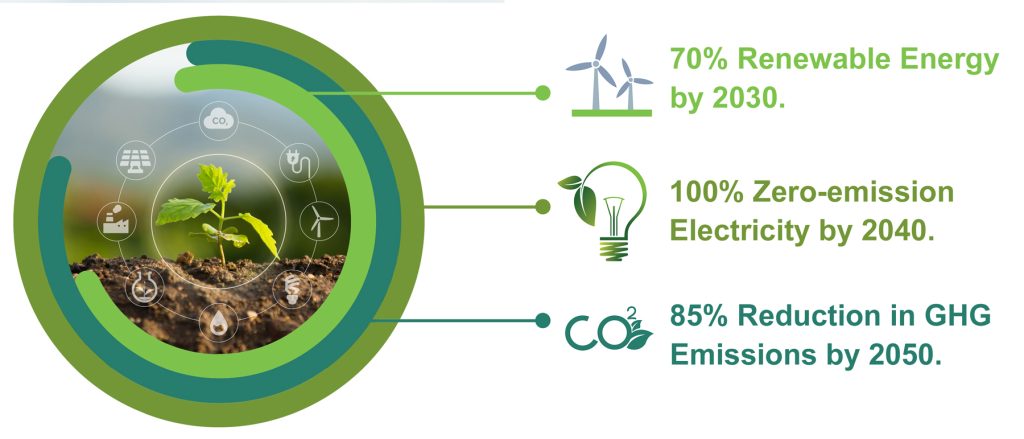
According to New York State’s greenhouse gas inventory, buildings account for 30% of climate-warming emissions. That figure covers only emissions from on-site combustion—that is, from fuels like natural gas that are piped into our homes and offices. When you factor in the electricity they consume, buildings’ share of the total emissions approaches 45%. About half of those emissions come from residential buildings, a third from commercial buildings, and the rest from industrial buildings.
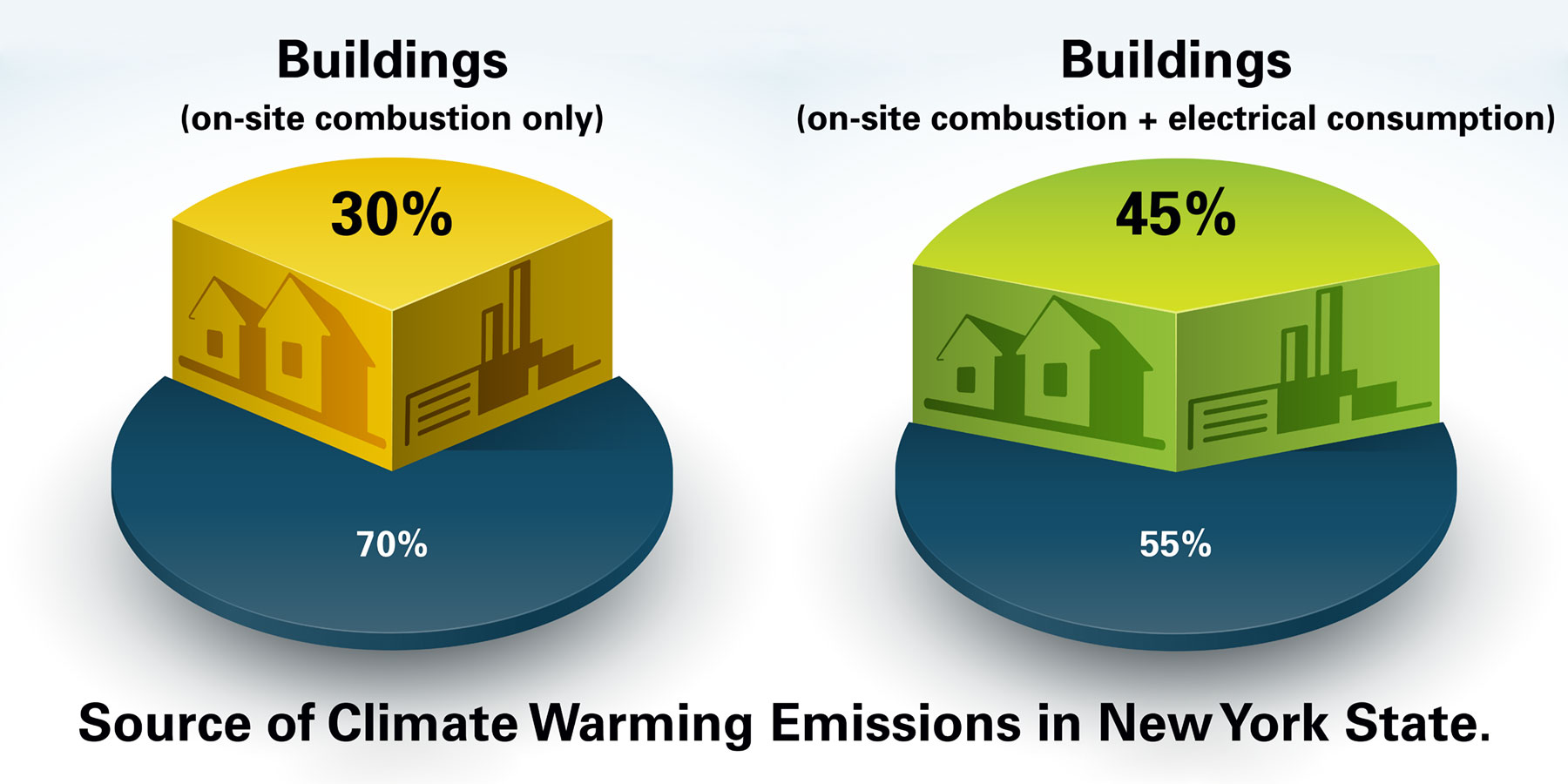
That means that in order to reach its emissions targets, New York is going to have to institute major changes in the way we construct our homes and other buildings and the way we consume energy within them. Viewed from another angle, it means that if we can fix the way we use energy in our buildings, we’ll be more than halfway to meeting our climate goals.
DECARBONIZING BUILDINGS 101
There are many steps that we, as individuals, can take right now to reduce greenhouse gas emissions from the buildings we live in. To see how those steps can add up to meaningful change, it is helpful to place them in a broader context. New York’s strategy for decarbonizing buildings rests on three major pillars:

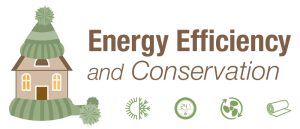
The principle here is simple: the easiest way to reduce emissions from buildings is to use less energy. We can use less energy by choosing energy-efficient appliances, designing and improving our buildings to stay cool in the summer and conserve heat in the winter, and adopting energy-smart habits, like turning out the lights when we leave a room. Technological updates like advanced power strips and smart thermostats can help to make those habits automatic.
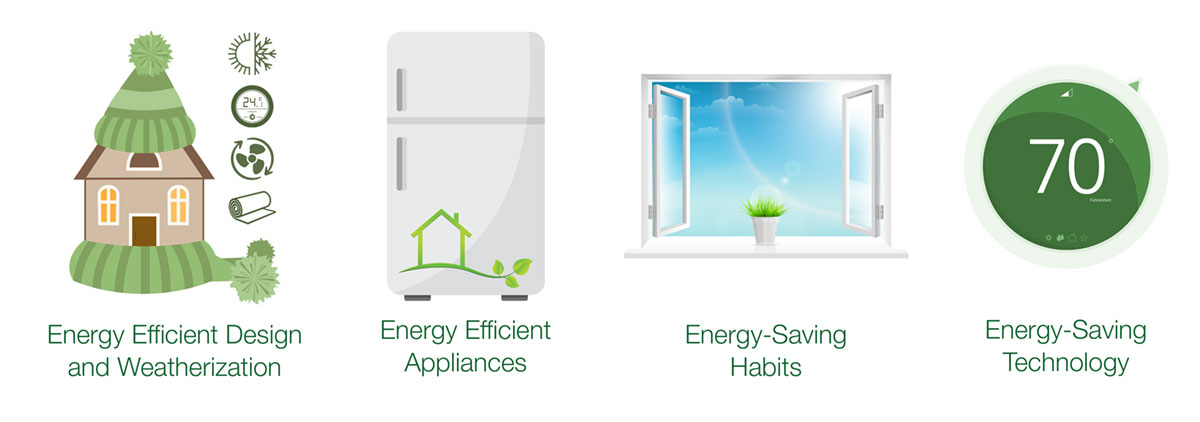
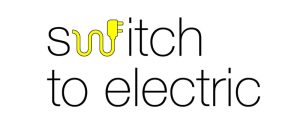
A furnace powered by oil or natural gas burns fossil fuels on the spot. Electric power, in contrast, can be generated by any number of sources, including zero-carbon renewables. That’s why electrification—of transportation, of appliances, of heating and cooling systems—is a key component of New York’s climate strategy.
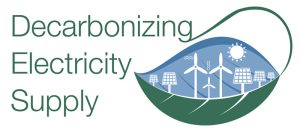
The second pillar operates in tandem with the third: powering the electrical grid entirely with renewable sources. New York gets a relatively high proportion of its electricity from renewables—largely hydropower—but natural gas is still the single largest contributor to the mix at 37%. The new climate law requires the grid to be 100% carbon-free by 2040. Toward that end, it calls for the installation of six gigawatts of distributed solar capacity by 2025 and nine gigawatts of offshore wind power by 2035.
New York’s grid is not only going to have to shift to renewables; it will also have to expand and adjust to accommodate the increased demand from all-electric homes and vehicles and a new winter-time peak as heating moves from gas to electric.
A GLIMPSE OF THE FUTURE
 What will New York’s climate law mean for buildings in Saratoga Springs? What will our homes look like in 2050, when our city is virtually carbon-free?
What will New York’s climate law mean for buildings in Saratoga Springs? What will our homes look like in 2050, when our city is virtually carbon-free?
Let’s begin with the buildings that we live in: our houses, our apartments, our homes. Some of the new ones will be built according to net-zero design principles, with roofs oriented to capture sunlight and windows sized for optimal heating and cooling. Click here to read our interview with Karen Kellogg about her net zero home. But most of us, probably, will be living in the same familiar studios, townhouses, and rambling Victorians, retooled to meet an aggressive new set of energy standards.
The biggest change will be the way we heat our homes. In cold climates like Saratoga’s, space heating is the number one source of greenhouse gas emissions from home energy use. 59% of households in New York are heated by natural gas and another 22% by fuel oil and propane: that’s a vast amount of fossil fuel technology that will need to be replaced.
The replacement technologies at the heart of New York’s climate plan—and those of states and cities around the world—are air- and ground-source heat pumps. Heat pumps not only run on electricity, a cleaner power source than oil or gas, but they also leverage the heating and cooling potential of the ground or the outside air, making them many times more efficient than traditional boilers or furnaces. Heat pumps have long been a popular choice in milder climates, but the cold-climate technology keeps advancing, and models that can handle frigid winters are already on the market. Recognizing the potential of heat pumps, New York became the first state to require, consistent with the climate plan, that new residential buildings of up to seven stories be constructed without any gas- or oil-powered heating or cooking equipment after 2026 (2029 for larger buildings). In addition, New York’s climate plan recommends adoption of standards that would require, by 2030, that fossil fuel-burning furnaces and boilers be replaced with heat pumps at the end of their life, and prohibit the sale of gas-powered cooking equipment after 2035.
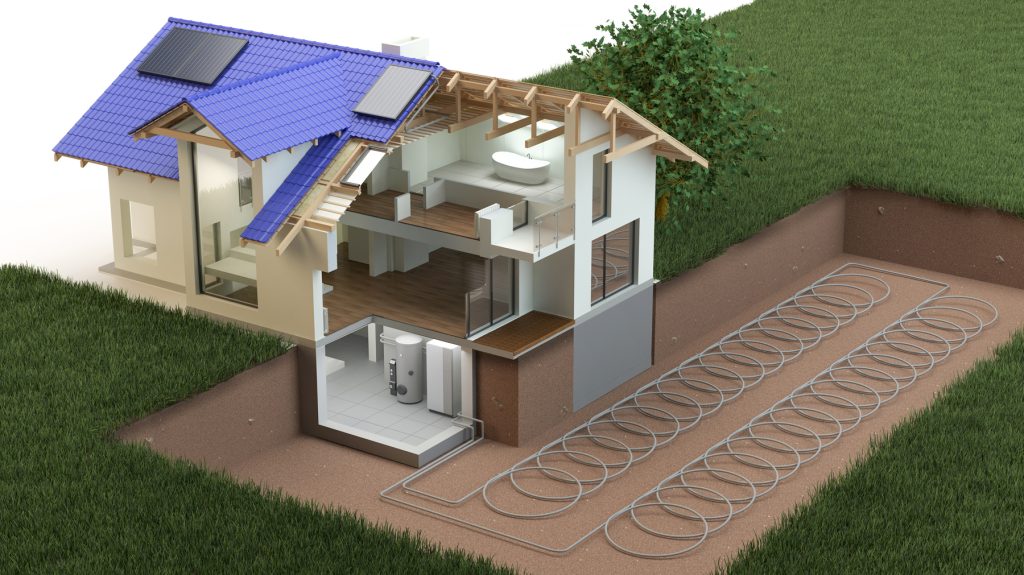
By 2050, then, most households in Saratoga will be heated and cooled by heat pumps. Some neighborhoods might take efficiency a step further by sharing thermal energy between buildings. Denser downtown neighborhoods and residential complexes are good candidates for district or community thermal systems, often using geothermal energy, which distribute energy for heating and cooling to multiple buildings from a centralized source. District systems have been around since the 19th Century, and Saratoga already boasts a successful example: 35% of the Skidmore College campus is heated and cooled by a district system powered by geothermal energy, a renewable heat source with great potential in the Saratoga region.
As buildings shift toward cleaner energy sources, the state will also have to adopt measures to ensure that they use that energy as efficiently as possible. New buildings will have to comply with energy codes that might look like the one that Ithaca, NY is considering adopting, which outlines several different paths to emissions reduction and gets progressively more stringent over time. And major initiatives will be required to improve energy efficiency in existing buildings, which will still be responsible for the lion’s share of emissions.
All of these changes, of course, will have to be driven by policies that make efficiency and electrification affordable. A number of factors continue to make fossil fuels an attractive energy source, including market familiarity, the wealth of skilled installers and technicians, and the low price of natural gas. The climate plan recommends that New York plan a phase-out of natural gas while at the same time making it less expensive to draw power from the ever-cleaner electrical grid. The proposed NY HEAT legislation would be a major step in this direction.

What does this mean for Saratogians who want to make their homes, and their city, more climate friendly? When it comes to electrification, Saratoga is in a good position: residential customers in the region pay less than the national average rate for electricity, and the upstate power grid is already relatively clean. The Inflation Reduction Act, which was enacted by the federal government in 2022, offers unprecedented energy-related savings opportunities for residents and businesses and is the largest climate investment ever made by the U.S. government. Inflation Reduction Act tax credits and/or rebates can be combined with state and utility incentives for even more savings.
There is a lot that you can do right now, from the big—like switching over to renewable-powered electric heating—to the small, like weatherstripping your windows. Some of these steps require an initial investment that will pay itself back in savings on your utility bill. Others cost nothing at all. In the table below, we’ve collected ideas and resources to help you reduce the carbon footprint of your home and get a jump on the changes that will soon be happening across the state. Many of the items below are eligible for federal, state, and/or utility incentives. Be sure to check this resource from NYSERDA to understand which incentives you might be eligible for. For Inflation Reduction Act savings, Rewiring America also has a savings calculator that you may find helpful.
STEPS YOU CAN TAKE NOW:

SWITCH TO ELECTRICITY
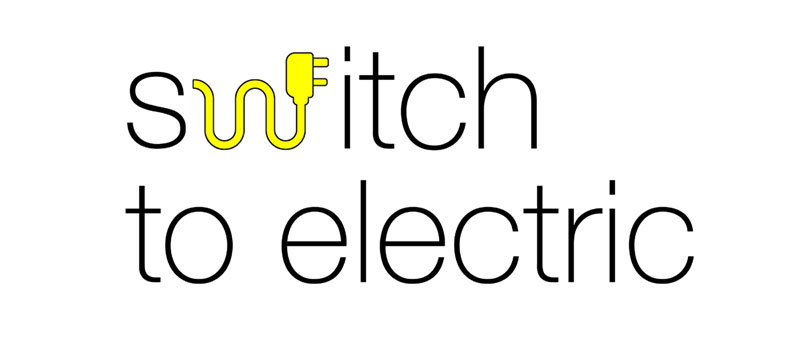
The oil and gas that fire our furnaces, stoves, and water heaters are a major source of residential carbon emissions. Reduce those in-home emissions by going electric:
- Switch to air- or ground-source heat pumps to heat and cool your home. HeatSmart Capital Region is a regional initiative that offers education about types of heat pump systems, access to trusted installers, and extensive information about state and federal financial incentives. Check out Sustainable Saratoga’s 2020 webinar on the HeatSmart program.
- Heat pumps can power hot water heaters, too.
- Try an induction cooktop. Home chefs who sniff at electric appliances find themselves won over by the speed and precision of newer induction technology. They cost more now than conventional electric stoves, but that could change as the market responds to New York’s climate policies.
ENERGY EFFICIENT DESIGN & WEATHERIZATION
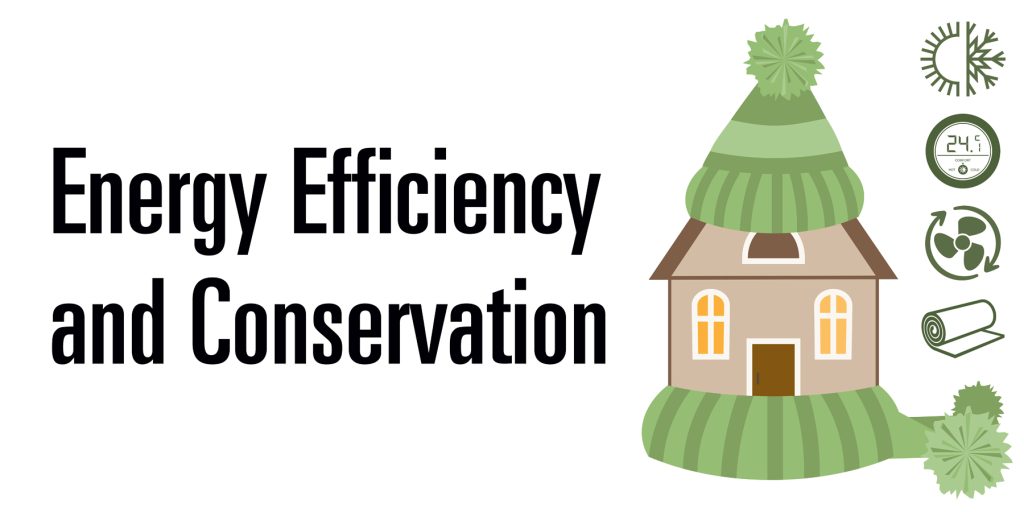
A 2017 report by the Natural Resources Defense Council found that residential energy efficiency is the greatest single source of potential carbon emissions reduction in the U.S. Making building shells, lighting, and appliances more efficient could save as much as 550 million metric tons of GHG emissions annually by 2050—that’s more than the electric power emissions of California, Texas, New York, and Florida put together!
- Reduce your energy demand for heating and cooling by weatherizing your building shell. The best place to start is with a no-cost energy audit that can help you target areas that need sealing or insulation. Then, NYSERDA can direct you to the qualified contractors and financing or assistance programs you might need to complete your weatherization project.
- On average, 25%-30% of the energy you use to heat and cool your home escapes through your windows. Save energy by replacing your windows or performing some low-cost, DIY updates.
- Planting a well-placed windbreak can reduce the amount of energy it takes to heat your home by as much as 30%. Landscaping with an eye to summer shade and winter light can make a remarkable impact on your home’s efficiency.
- Building a new home? Even if net zero construction is not in your budget, browse a green design website for inspiration and find an ENERGY STAR® certified builder to carry out your project.
- Think that Saratoga’s historic houses can’t be energy efficient? Read about Paul and Joanne Coons’s net-zero overhaul of their 1830s farmhouse.
ENERGY EFFICIENT APPLIANCES
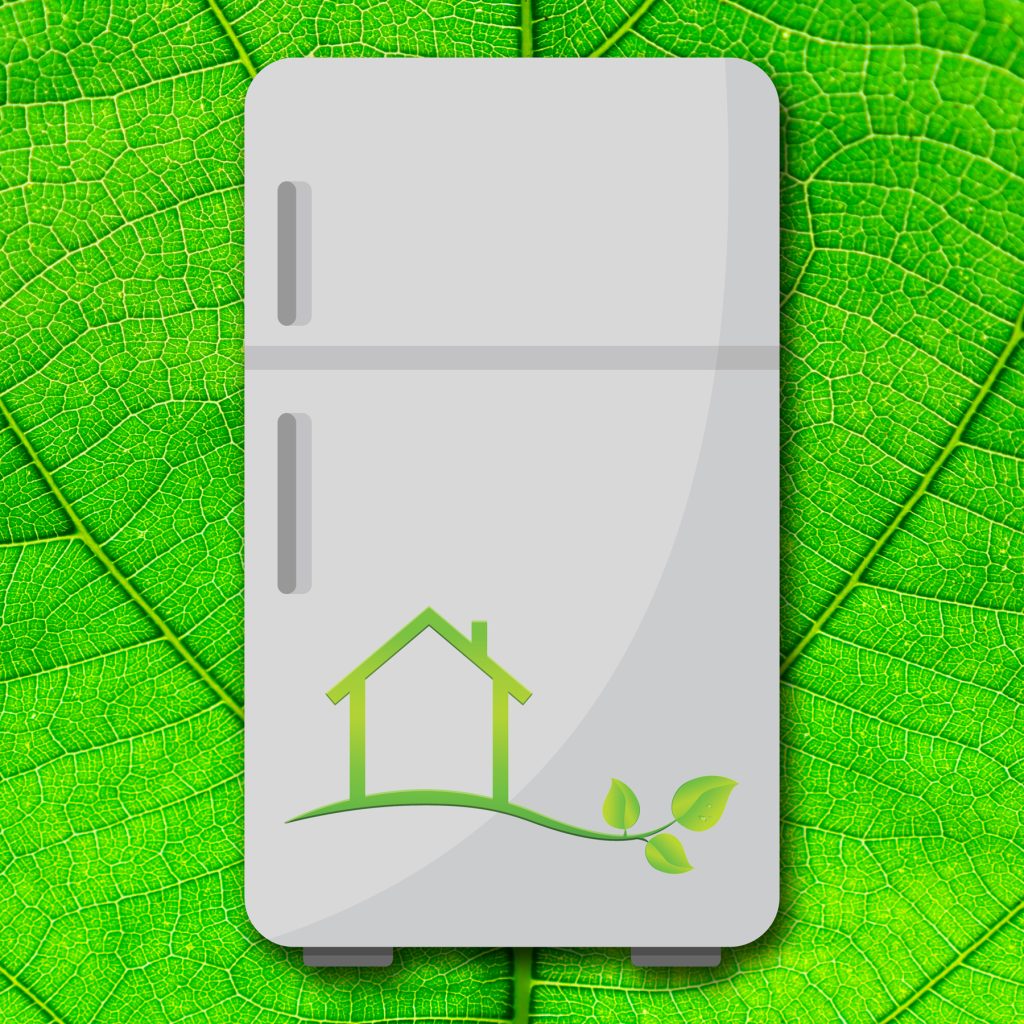
- Light your home with LED lightbulbs. LEDs cost more upfront, but because they use less energy and last longer than incandescent bulbs or even compact fluorescents, they’ll save you money in the long run. National Grid customers can take advantage of their deals and rebates on lighting products, and keep an eye out for emails announcing special sales.
- Check out these tips for increasing the efficiency of your refrigerator. Curious about the true cost of replacing it? Use ENERGY STAR®’s Flip your Fridge Calculator to estimate the energy savings of a new model.
- Shopping for a new home appliance? Learn how to read the EnergyGuide label so that you can make an informed decision.
ENERGY-SAVING HABITS
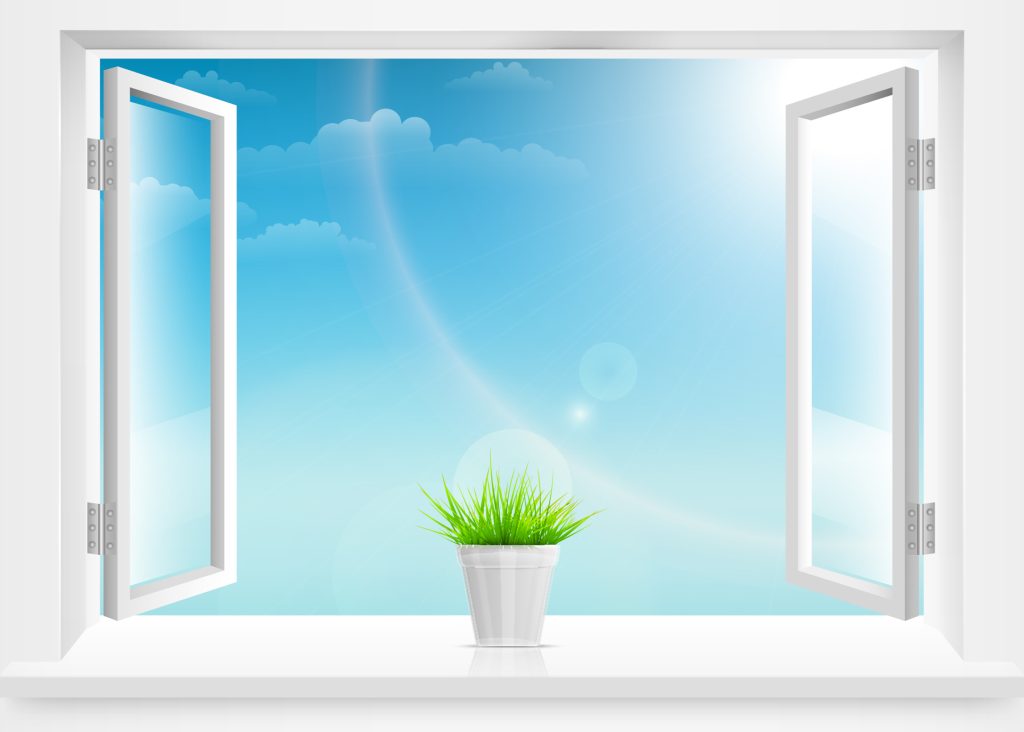
In addition to the basics, like turning out the lights when you leave a room and unplugging appliances that aren’t in use, here are some ideas you might not have thought of:
- Don’t let your dishwasher dry the dishes. Use the air-dry setting, if it has one, or simply stop the cycle before drying begins and leave the dishwasher door ajar.
- Let sunlight take some pressure off your thermostat: open your curtains or blinds on chilly days and keep them closed on warm ones.
- Lower the temperature on your hot water heater when you go on vacation.
ENERGY-SAVING TECHNOLOGY
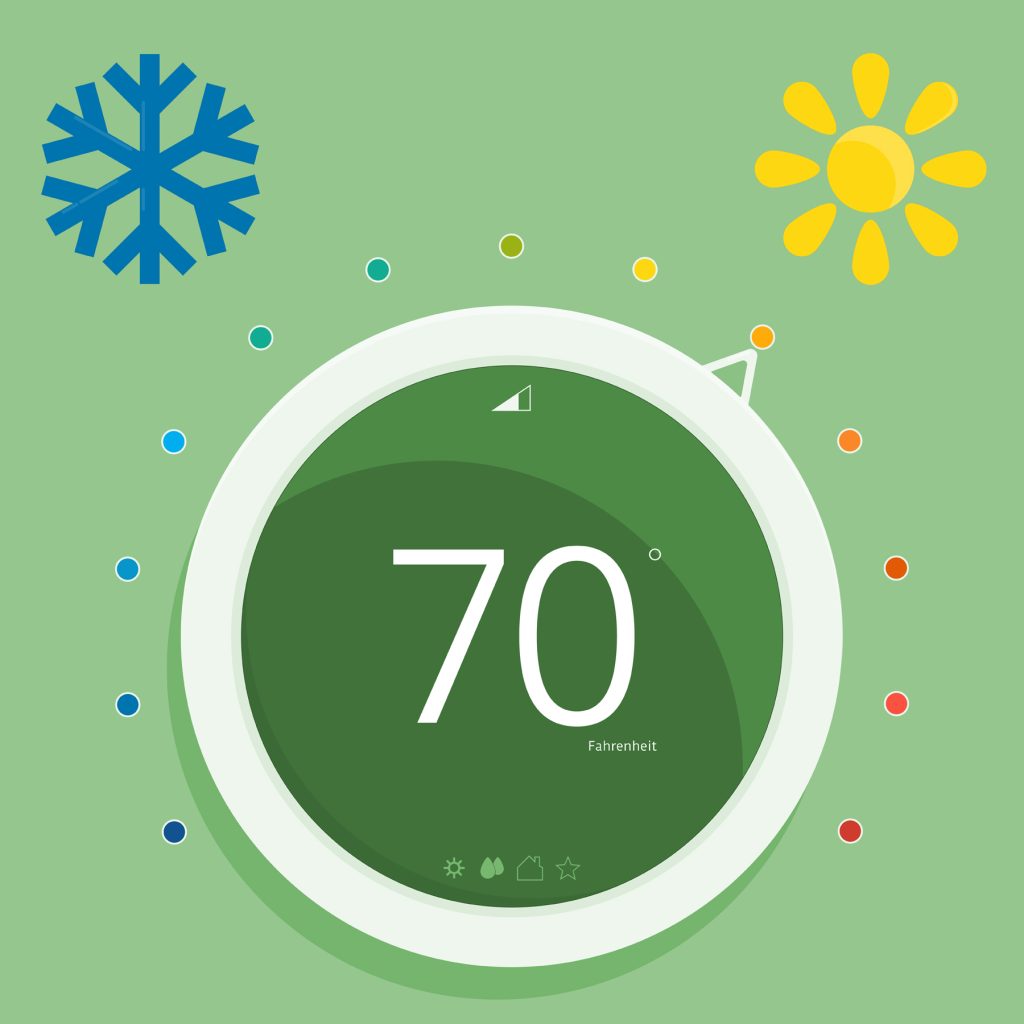
- Advanced power strips take the work out of remembering to unplug appliances when they’re not in use. Check out National Grid’s Marketplace for special discounts.
- A programmable thermostat saves energy by delivering hot or cool air on an adjustable schedule. A Wi-Fi enabled smart thermostat responds to your habits with even greater precision, and may enable you to participate in further power-saving programs through your utility.
- Smart appliances can be programmed to run during times of lower energy demand. Setting your dishwasher to run in the middle of the night can help reduce strain on the electrical grid. It can also save you money, if your utility provider offers off-peak power pricing.
ENERGY CODE
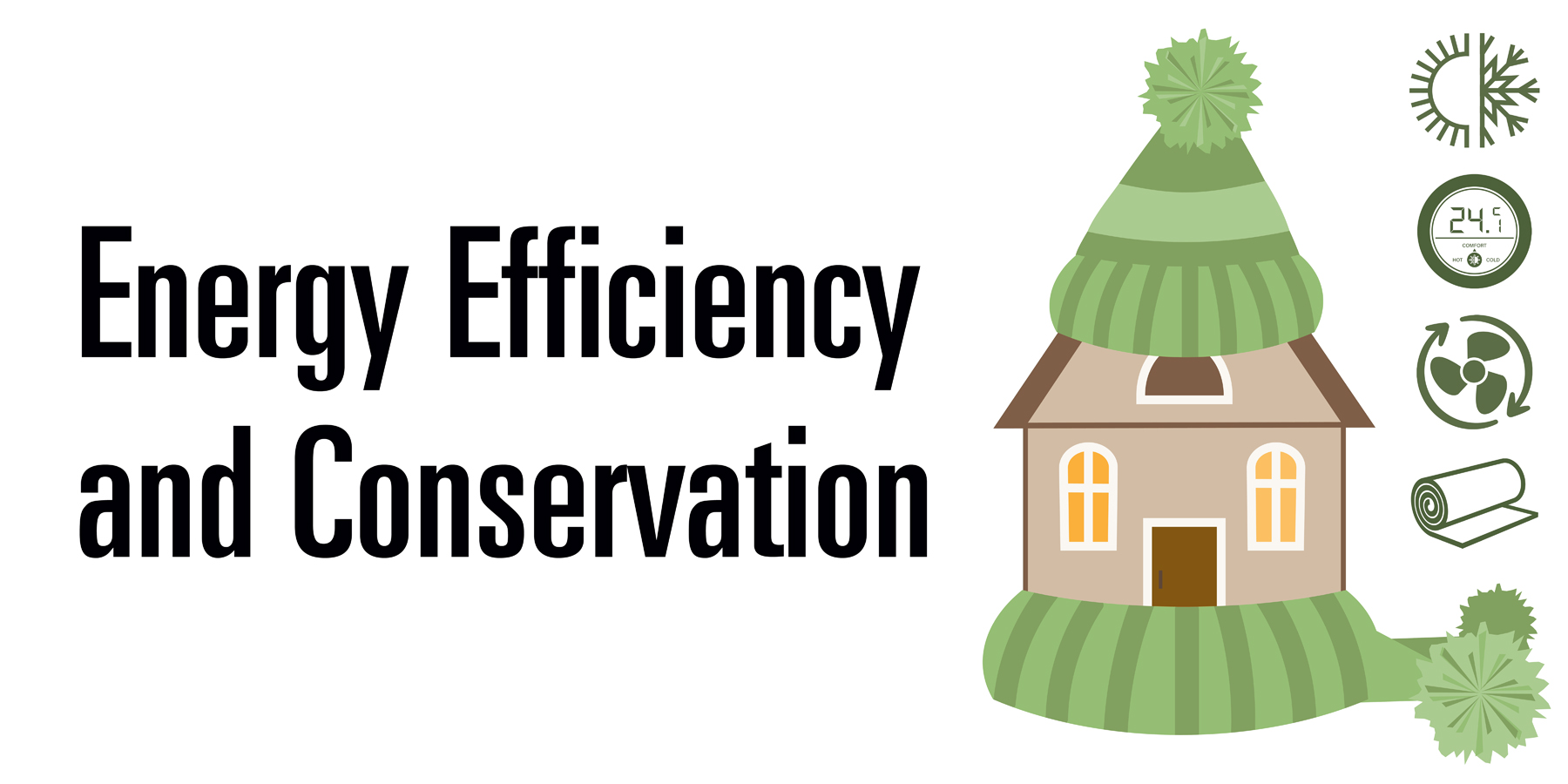
In Saratoga Springs, all new buildings, renovations, and additions must comply with the New York State Energy Conservation Construction Code. Based on international energy code standards, the NYS ECC ensures that all buildings meet basic energy efficiency requirements.
One immediate step that Saratoga Springs can take is to adopt NY Stretch. NY Stretch is an easily adoptable energy code designed for local governments that want to go one step greener than current state requirements, which will be strengthened in accordance with the Advanced Building Codes, Appliance and Equipment Efficiency Standards Act of 2022. NY Stretch would boost the energy efficiency of new construction in Saratoga, reducing both energy costs for building owners and greenhouse gas emissions.

